I think that one of the problems with modern museums is that they try to evoke some kind of mysterious atmosphere: in poorly-lit rooms, you can see only a couple of objects lying there, beautifully spotlighted, just looking mysterious. The illumination allows you to look at it from one point of view, but not from other angles. Photography is almost impossible. In other words, you cannot study the objects.
I get the impression that museums are now leaving this cul-de-sac, and return to decent displays. The Archaeological Museum of Tehran has never succumbed to ill-directed aestheticism, and this makes it, easily, one of the better museums dedicated to ancient culture.
This does not mean that there are no beautiful objects. The first part, dedicated to the Neolithicum and Bronze Ages, culminates in the pottery from Susa, which is just splendid. Recently, this part has been redesigned; several objects from the important excavations at Jiroft have been inserted, to name but one change.
The museum has a treasury that contains precious objects, made of silver and gold, but it is often closed. Asking for permission to get there is futile. In this aspect, the Tehran Museum suffers from the same error as western museums: it creates obstacles for students. I think this is inexcusable. There is simply no reason why a museum should hide its entire collection from people who have made an effort to get there.
This being said, the Tehran museum is really something special. Next to it is the museum of Islamic Art, which has not been open for quite some time; I remember that I liked it very much. Around the corner you will find the Ministry of Foreign Affairs, situated in a building that is inspired by the Persepolis Apadana; and around another corner, you will find a charming museum dedicated to fine art made of glass. If you have only one day in Tehran, spend it in this part of the city.
This museum was visited in 2004, 2005, 2008, 2009, 2010, 2011, 2012, 2013, 2014.
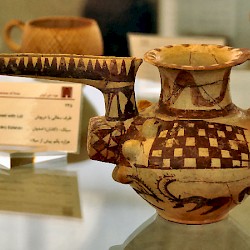 Tepe Sialk, Early first millennium beak pot (2)
|
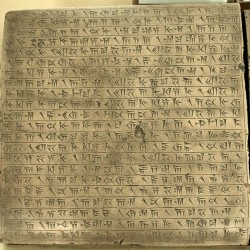 Persepolis, Queen's Quarters, Inscription XPf, Persian text (Tehran copy)
|
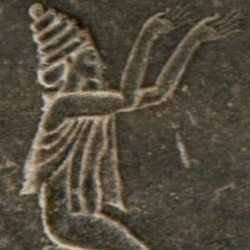 Susa, Statue of Darius, Subject spltj3 (OP. Sparda = Lydia)
|
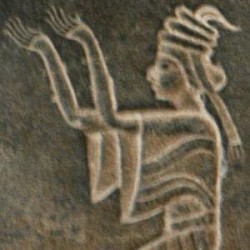 Susa, Statue of Darius, Subject pls (OP. Parsa = Persis)
|
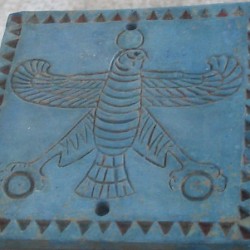 Persepolis, Hall of 32 Columns, Plaque
|
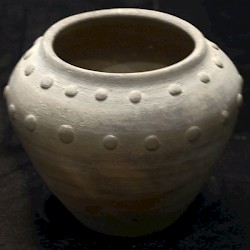 Grey ware from Khurvin
|
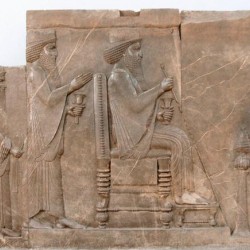 Persepolis, Apadana, Northern Stairs, Central Relief (Proskynesis scene)
|
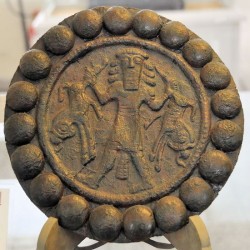 Iranian Azerbaijan, Disk with a deity with two wild animals
|
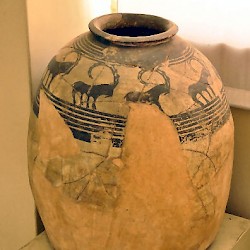 Tepe sialk, Jar from the fourth millennium BCE, decorated with ibexes
|
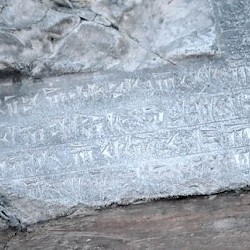 Susa, Inscription A2Sd
|
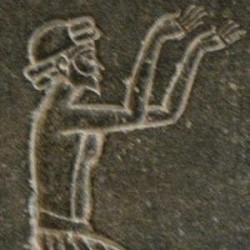 Susa, Statue of Darius, Subject 3lm'yn3 (OP. Armina = Armenia)
|
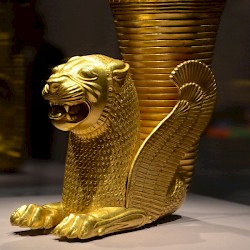 Hamadan, Achaemenid rhyton
|
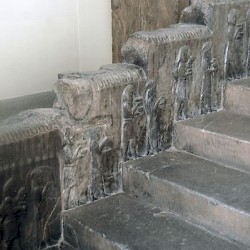 Persepolis, Tripylon, Staircase
|
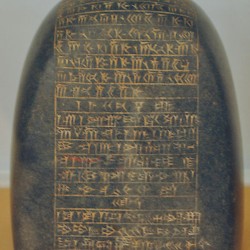 Persepolis, Treasury, Weight DWc
|
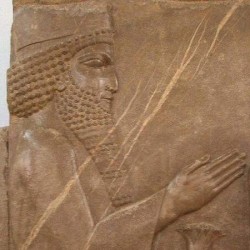 Persepolis, Apadana, Northern Stairs, Central Relief, Prince
|
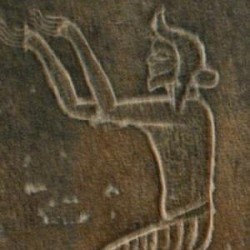 Susa, Statue of Darius, Subject skdy (OP. Sugda = Sogdia)
|
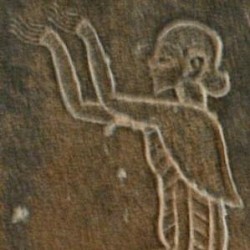 Susa, Statue of Darius, Subject hlhdy (OP. Gandâra = Gandara)
|
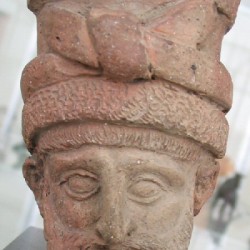 Achaemenid nobleman
|
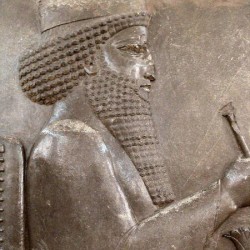 Persepolis, Apadana, Northern Stairs, Central Relief, Darius
|
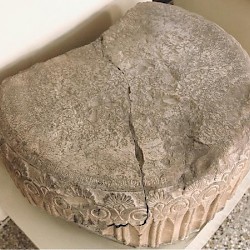 Susa, Inscription A2Sb
|
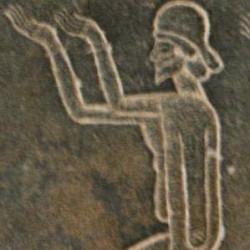 Susa, Statue of Darius, Subject m'dy (OP. Mâda = Media)
|
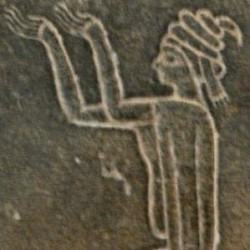 Susa, Statue of Darius, Subject hlw3 (OP. Haraiva = Aria)
|
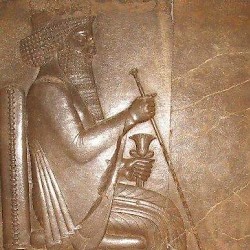 Persepolis, Apadana, Northern Stairs, Central Relief, Darius on his throne
|
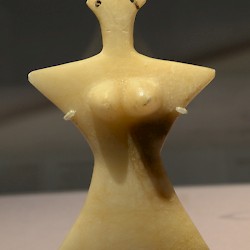 Tepe Hesar, Figurine
|
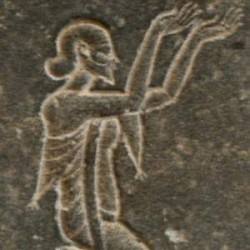 Susa, Statue of Darius, Subject sk3tl3 (OP. Skudra = Thrace)
|
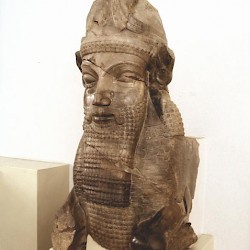 Persepolis, Tripylon, Lamassu capital
|
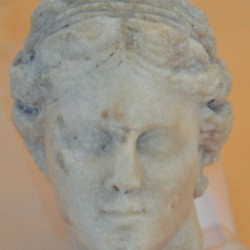 Hellenistic portrait of a queen
|
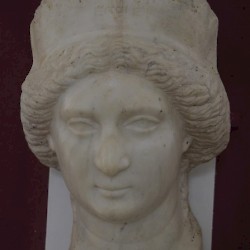 Susa, Hellenistic portrait of a Muse
|
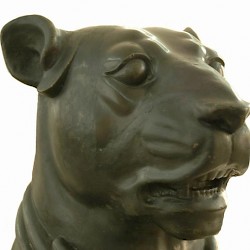 Persepolis, Apadana, Dog's head
|
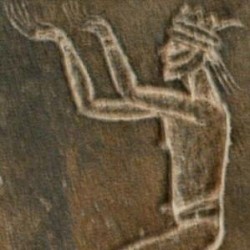 Susa, Statue of Darius, Subject slng (OP. Zranka = Drangiana)
|
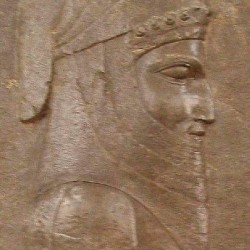 Persepolis, Apadana, Northern Stairs, Central Relief, Great Magian
|
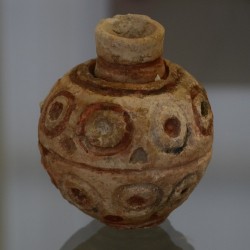 Tepe Hisar, Late Bronze Age phial
|
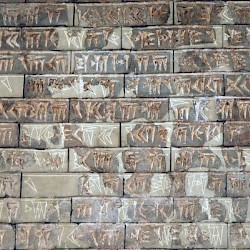 Persepolis, Apadana, Inscription XPg
|
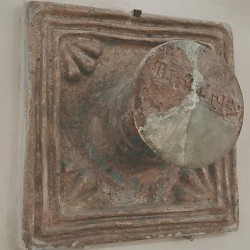 Choga Zanbil, Ziggurat, Doorknob (Tehran)
|
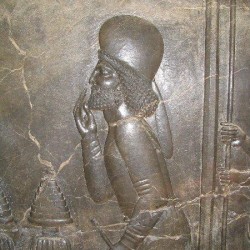 Persepolis, Apadana, Northern Stairs, Central Relief, Pharnaces
|
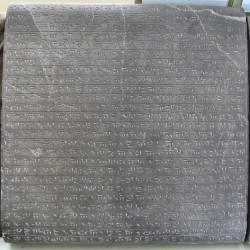 Persepolis, Inscription XPh ("Daiva inscription")
|
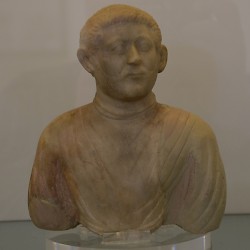 Susa, Sassanian portrait
|
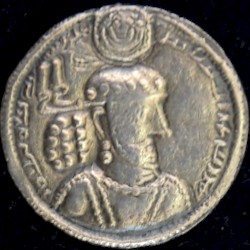 Ardashir II (Hormizd I), coin
|
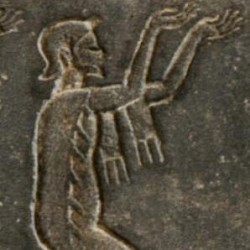 Susa, Statue of Darius, Subject t3 tjmhw (OE. Tjemehu = Cyrenaica)
|
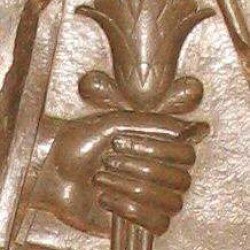 Persepolis, Apadana, Northern Stairs, Central Relief, Darius' flower
|
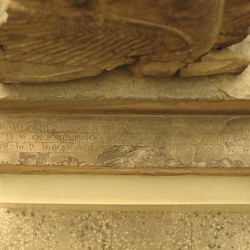 Susa, Inscription DSy
|
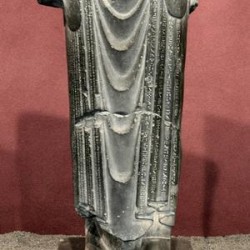 Susa, Statue of Darius, once erected in Egypt, but later brought to Susa.
|
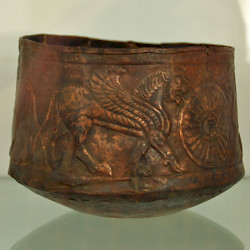 Hamadan, Achaemenid cup with relief of a winged lion
|
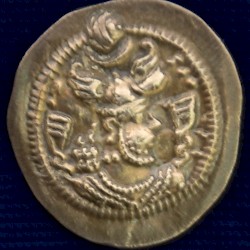 Peroz I
|
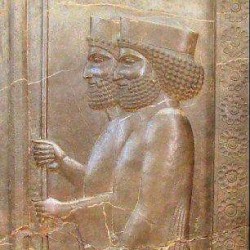 Persepolis, Apadana, Northern Stairs, Central Relief, Guards
|
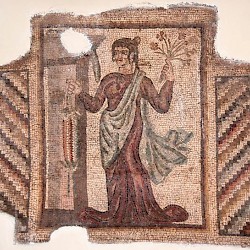 Bishapur, Palace, Mosaic of a lady with flowers
|
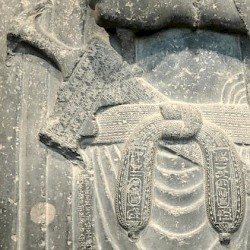 Susa, Statue of Darius the Great, Belt with akinakes
|
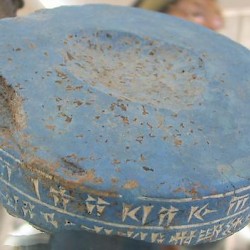 Persepolis, Palace of Darius, Doorknob with inscription DPi
|
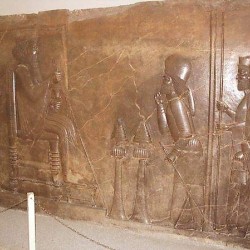 Persepolis, Apadana, Northern Stairs, Central Relief
|
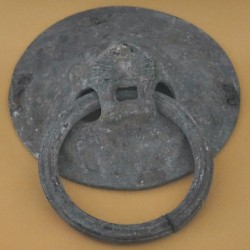 Susa, Handle of a Parthian coffin
|
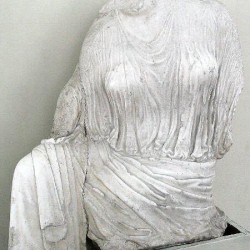 Persepolis, Treasury, Statue of Penelope
|
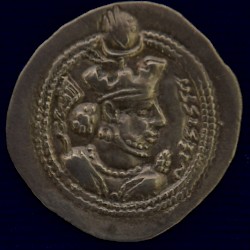 Valkash
|
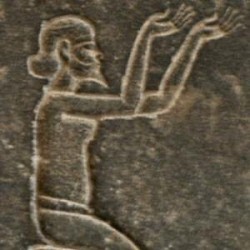 Susa, Statue of Darius, Subject 3Sw3l (Assyria)
|
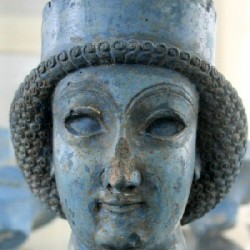 Persepolis, Portrait of an Achaemenid woman or beardless prince
|
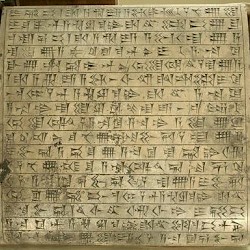 Persepolis, Queen's Quarters, Inscription XPf, Babylonian text
|
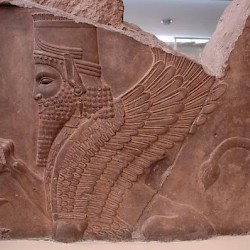 Persepolis, Palace of Darius, Relief of a sphinx
|
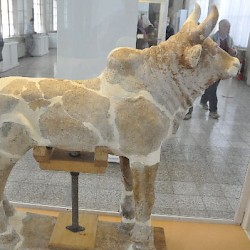 Choga Zanbil, Inner Court, Statue of a cow
|
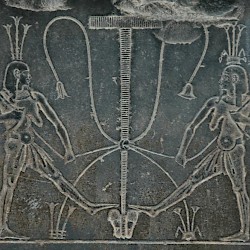 Susa, Statue of Darius the Great, Base with sema-tawy (front)
|
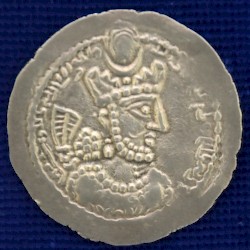 Bahram V
|
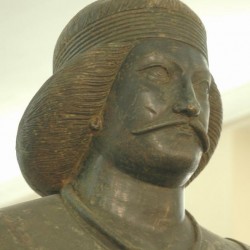 Head of a bronze statue of a Parthian prince, found at Shami, Khuzestan
|
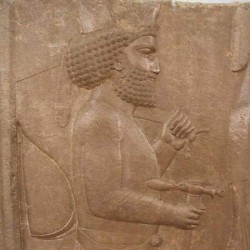 Persepolis, Apadana, Northern Stairs, Central Relief, Weapon carrier
|
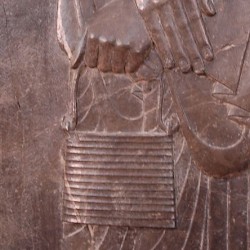 Persepolis, Apadana, Northern Stairs, Central Relief, Guard, Weight
|
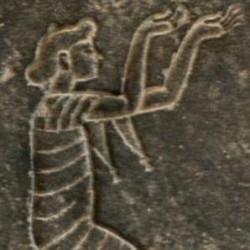 Susa, Statue of Darius, Subject Hgr (Hegra, i.e., Arabia)
|
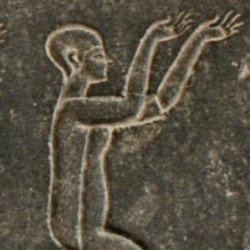 Susa, Statue of Darius, Subject kmt (OE. Kemet = Egypt)
|
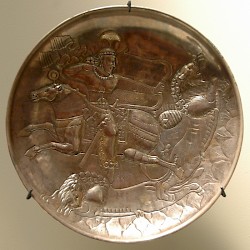 Sari, Sasanian plate
|
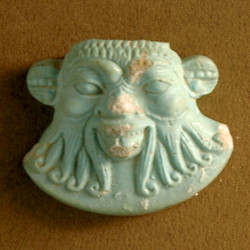 Amulet of Bes from Iran
|
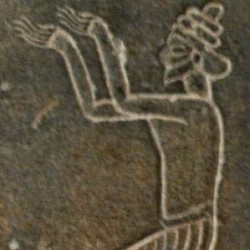 Susa, Statue of Darius, Subject pltiiw3 (OP. Parthava = Parthia)
|
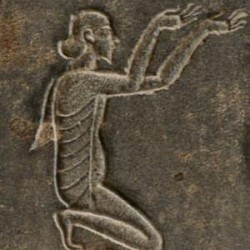 hndw3y (OP. Hinduš = India)
|
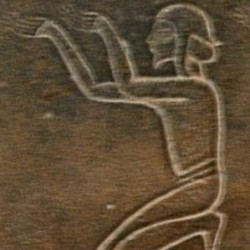 Susa, Statue of Darius, Subject ch3rs3m' (OP. Uvârazmîy = Chorasmia)
|
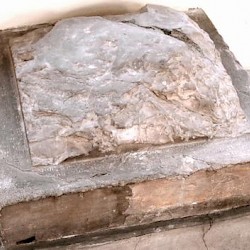 Susa, Inscription A2Sd
|
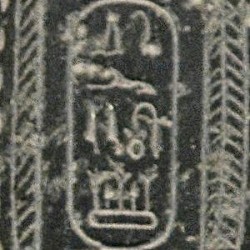 Susa, Statue of Darius, Darius' name as cartouche: drjwS
|
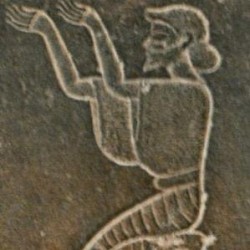 Susa, Statue of Darius, Subject '3ylm "Chiefs of Irem" (Elam)
|
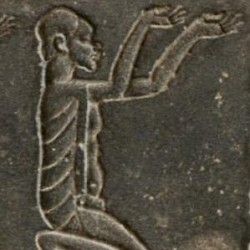 Susa, Statue of Darius, Subject t3 nhsy (Kush)
|
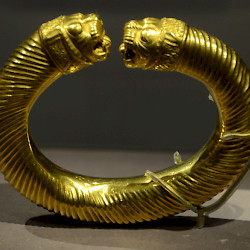 Hamadan, Achaemenid torque
|
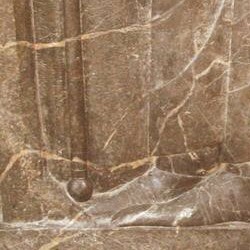 Persepolis, Apadana, Northern Stairs, Central Relief, Guard, "Apple"
|
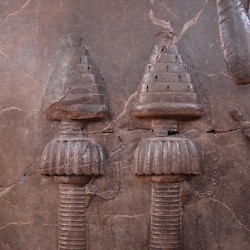 Persepolis, Apadana, Northern Stairs, Central Relief, Incense burners
|
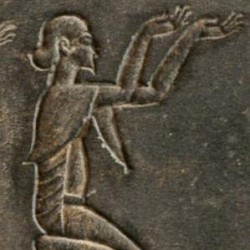 Susa, Statue of Darius, Subject m'g (Maka)
|
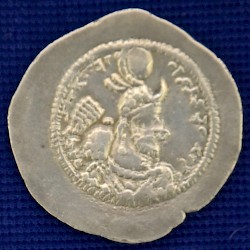 Yazdgard I
|
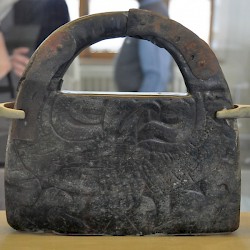 Iranian Azerbaijan, Stone weight
|
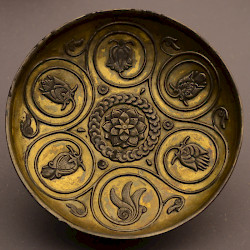 Hamadan, Sasanian dish
|
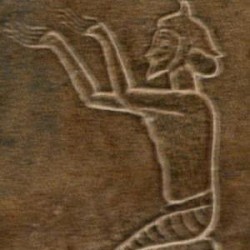 Susa, Statue of Darius, Subject sg?shkš (OP Sâka = Scythians)
|
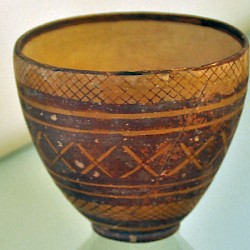 Tepe Sialk, Cup from the first millennium
|
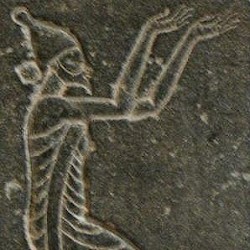 Susa, Statue of Darius, Subject b3b3l (Babylonia)
|
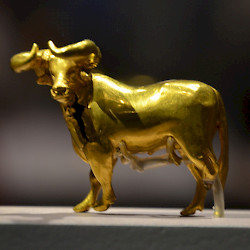 Hamadan, Achaemenid statuette of a bull
|
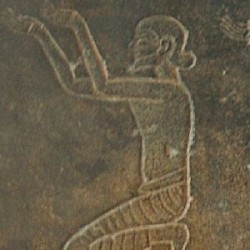 Susa, Statue of Darius, Subject s3htjl (OP. Bâkhtriš = Bactria)
|
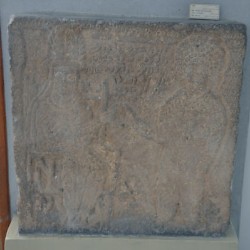 Susa, Relief of Artabanus IV
|
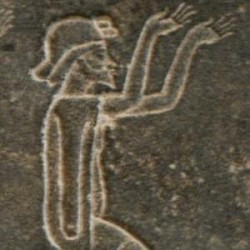 Susa, Statue of Darius, Subject gdpdk3y (OP. Katpatuka = Cappadocia)
|
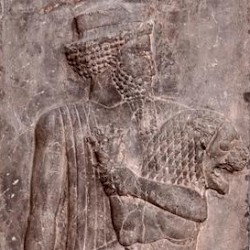 Royal Warrior
|
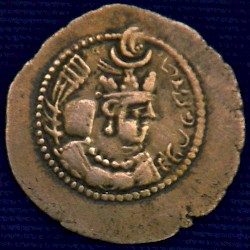 Yazdgard II
|
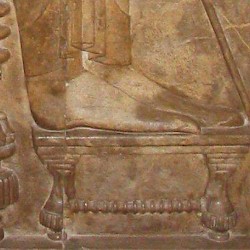 Persepolis, Apadana, Northern Stairs, Central Relief, Darius' stool
|
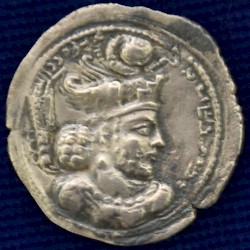 Bahram IV
|
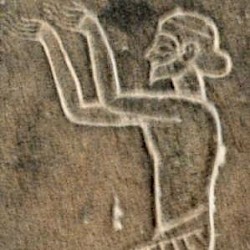 Susa, Statue of Darius, Subject sdgw3? (OP. Thataguš = Sattagydia)
|
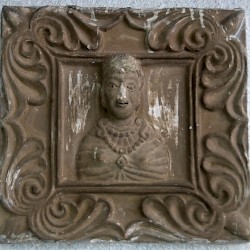 Damghan, Sasanian relief
|
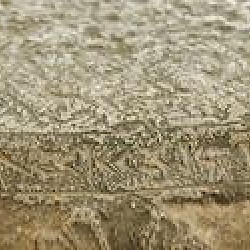 Susa, Inscription A2Sb
|
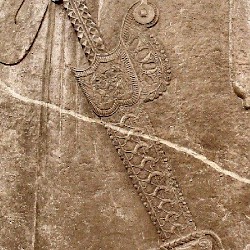 Persepolis, Apadana, Northern Stairs, Central Relief, Weapon carrier, Akinakes
|
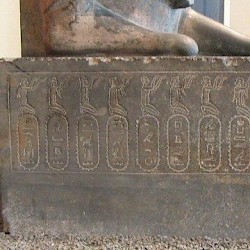 Susa, Statue of Darius the Great, left-hand side of the base
|
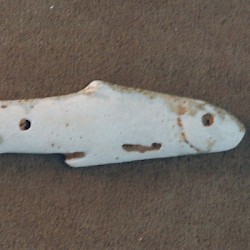 Susa, Stone fish
|
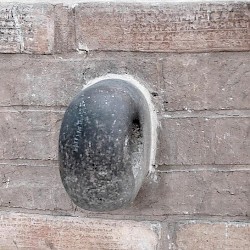 Choga Zanbil, Ziggurat, Inner gate, Lock with Inscription
|
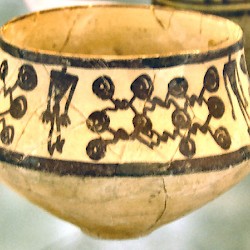 Tepe Sialk, Cup from the fourth millennium decorated with a human figure
|
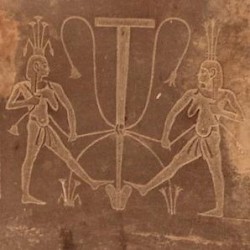 Susa, Statue of Darius the Great, Base with sema-tawy (rear)
|



































































































